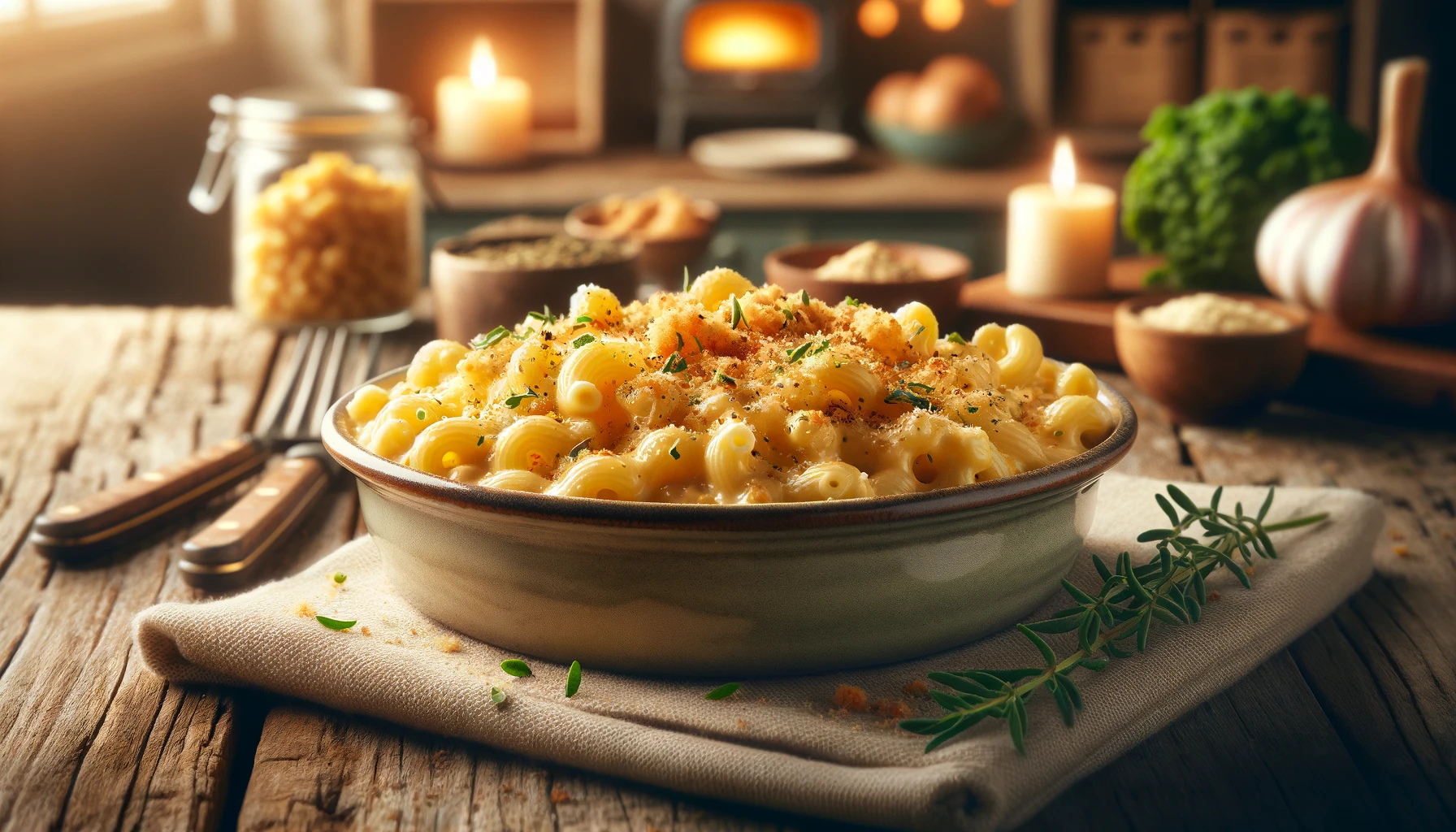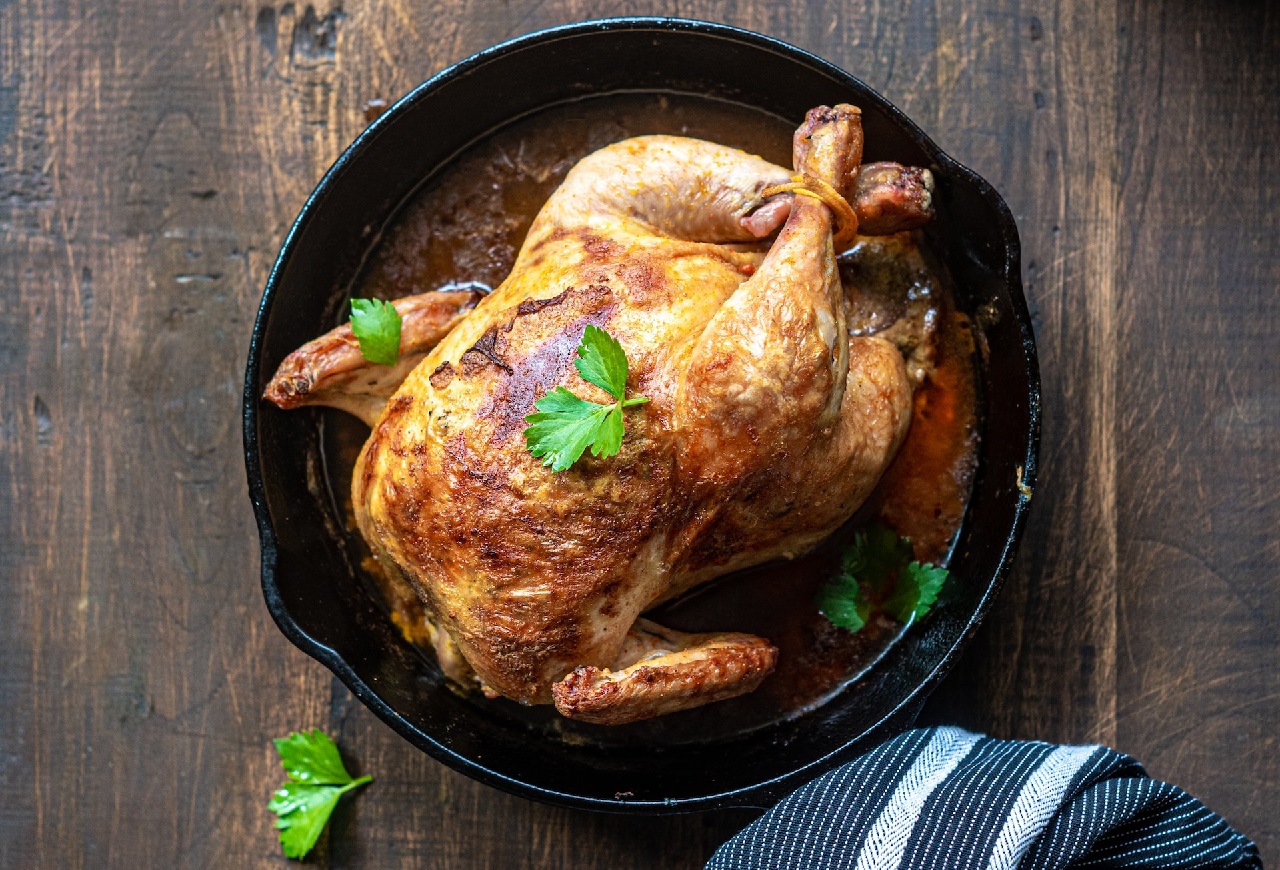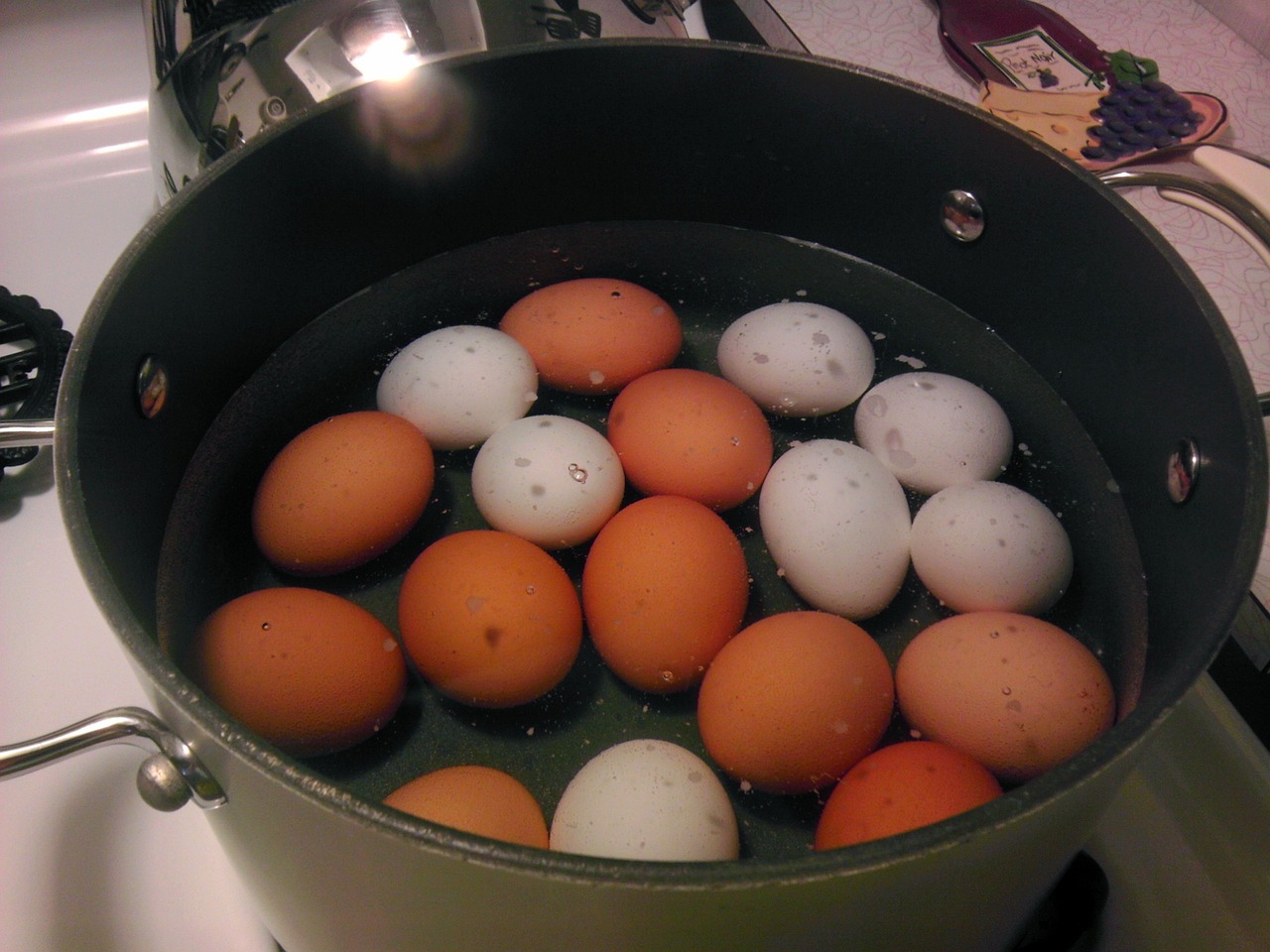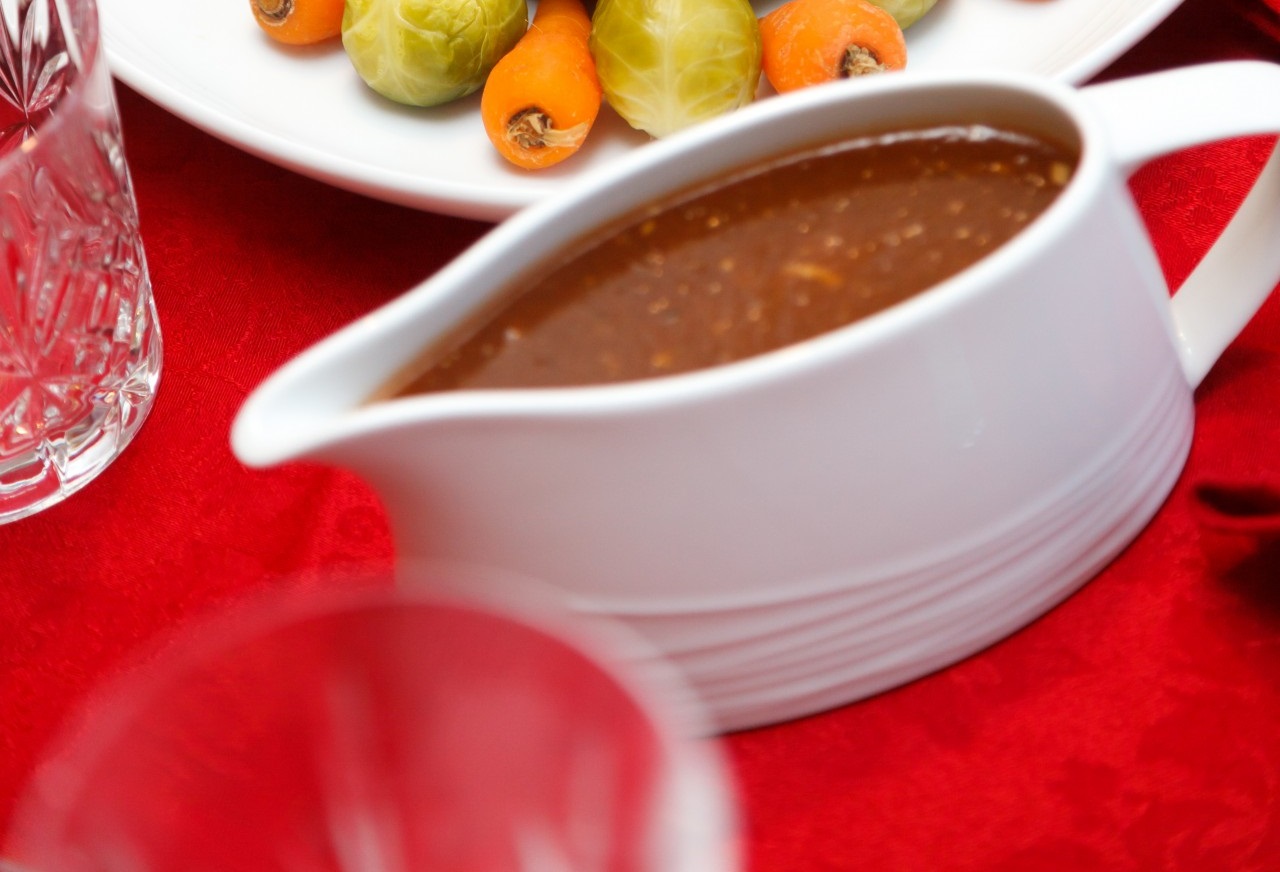Mac and cheese, the dish that we reach out for when our wallets are as empty as our soul or when culinary ambitions decide to take a day off. But fear not, dear reader, for I’m about to guide you through a culinary adventure – nay, a rite of passage – to make the best-ish mac and cheese your taste buds might, or might not, have ever experienced. You’re welcome!
Ingredients:
(Warning: Read carefully. The fate of your dish rests in your hands… and possibly your reading comprehension.)
- Macaroni: About 8 ounces. Or half a box. Or just throw the whole box in, we’re not here to judge.
- Cheese: 2 cups. Any type of cheese works, but if you want to look sophisticated in front of your cat, use sharp cheddar. Maybe mix in some mozzarella, too. But please, for the love of all dairy, avoid plastic-y, suspicious-looking cheese slices.
- Butter: 4 tablespoons. Let’s be honest, this isn’t a health dish.
- All-purpose flour: 2 tablespoons. Not to be mistaken with any-purpose flour, which is still yet to be invented.
- Milk: 2 cups. And yes, for those of you on diets, almond, soy, oat, or unicorn milk – whatever floats your boat. Just don’t tell grandma.
- Salt: To taste. If you cry while adding it, you’ve probably added too much.
- Pepper: Also to taste. And if you sneeze while adding it, bless you.
Optional: Breadcrumbs, hot sauce, truffle oil, tears of your enemies – whatever your heart desires.
The “Cooking” Part:
1. Boil the Pasta: Start by boiling water in a large pot. And I mean LARGE. Because if you’ve ever tried cooking pasta in a tiny pot, you know it’s a disaster waiting to happen. Once boiling, add a generous pinch of salt, followed by your macaroni. Boil until they’re softer than a marshmallow on a summer day.
2. The Roux, It’s Fancy: While your pasta’s drowning, let’s make the roux (pronounced “roo” not “rou-x”). In another pot, melt the butter. Slowly sprinkle in the flour while whisking. Don’t stop stirring, or you’ll have lumps. And trust me, no one likes a lumpy cheese sauce. Well, maybe someone does. But we don’t talk to them.
3. Add Milk, Not Moo-lk: Gradually pour in your choice of milk while constantly stirring. If it looks like a weird science experiment at first, don’t panic. It’s supposed to. Sort of.
4. Cheese It Up: Reduce the heat and throw in your cheese, praying to the dairy gods that it melts smoothly. If things start looking dicey, just remember, more cheese usually solves everything.
5. Combine and Devour: Drain your soft-as-marshmallow macaroni and gently fold it into the cheese sauce. Season with salt and pepper. Maybe throw in some of those optional ingredients if you’re feeling wild.
And voila! You’ve now made mac and cheese that’s hopefully edible and only mildly hazardous. Serve it with a side of self-satisfaction and a glass of “I did it!” Cheers!
(Note: Results may vary. If dish results in culinary euphoria, you’re welcome. If dish results in culinary despair, remember, delivery is just a call away.)
Common Mac and Cheese Missteps (or How NOT to Ruin a Classic)
- Going Gluten-Free…Wrongly: Listen, if you’re hopping on the gluten-free train, more power to you. But if you substitute regular pasta with a gluten-free variant and expect the exact same result…you might just be headed to Disappointmentville. Pro-tip: Make sure to read the cooking instructions, because nothing screams “culinary fail” louder than overcooked, mushy gluten-free pasta.
- The Cheese Freeze: Ever decided to freeze your cheese before grating it because someone told you it’s easier? Well, frozen cheese can become crumbly and might not melt as evenly. If you fancy a cheese with the texture of ancient artifacts, then by all means. If not, just use refrigerated cheese.
- Spicing Like There’s No Tomorrow: I get it, spices are fun. Paprika, cayenne, chili flakes – they’re all very tempting. But remember, this is mac and CHEESE, not mac and a spicy replica of the sun. A little kick? Sure. Turning your dish into a lava pit? Maybe not.
- Liquid Proportions: Too much milk can make your dish look like soup, and too little can make it a casserole. Unless you’re aiming for “mac and cheese soup” or “mac and brick”, stick to the measurements.
Serving Suggestions (Because We’re Fancy Like That)
- Mac and Cheese Bites: Roll your mac and cheese into little balls, coat them in breadcrumbs, and deep-fry them. Yes, it’s as sinfully good as it sounds.
- The Healthy Route: Add steamed broccoli or peas to pretend this dish has some nutritional value. It’s the thought that counts, right?
- Meat Lovers: Crispy bacon bits, chunks of ham, or even grilled chicken. Who said this couldn’t be a full meal?
Pro Tips to Enhance the Mac and Cheese Experience
- Cheese Variety is the Spice of Life: Don’t shy away from experimenting with different cheese combinations. A mix of Gouda and Gruyère, for instance, can add a nutty flavor. Smoked cheeses can give a nice depth. The key is to balance sharpness, creaminess, and meltability.
- Pasta Perfection: While macaroni is traditional, don’t be afraid to play with pasta shapes. Shells, fusilli, or even penne can provide delightful texture variations and nooks for holding onto that cheesy goodness.
- Layered Love: For a twist, layer your mac and cheese with ingredients like pulled pork, sautéed mushrooms, or caramelized onions in a baking dish. Top with extra cheese and breadcrumbs and bake until bubbly and golden.
- Sauce Secret: A dash of mustard (Dijon or powder) or a splash of Worcestershire sauce can add a subtle depth to your cheese sauce without overpowering the dish.
- Crunch Factor: If you’re adding breadcrumbs for a crunchy topping, consider sautéing them first in a bit of butter or olive oil with garlic. This adds an extra layer of flavor and ensures a perfectly crispy, golden crust.
- Veggie Integration: Sneak in some veggies for a healthier twist. Finely chopped spinach, diced tomatoes, or even pureed butternut squash can be added to the cheese sauce for a nutritional boost.
- Leftover Logic: Mac and cheese can dry out when reheated. Revive leftovers by stirring in a splash of milk or cream while reheating to bring back its creamy texture.
- The Broiler is Your Friend: For an extra-cheesy crust, sprinkle additional cheese on top and pop the dish under the broiler for a couple of minutes at the end of cooking.
- Smoked Paprika Power: A sprinkle of smoked paprika on top before serving can add a wonderful smoky flavor and vibrant color.
- Seasoning Sensibility: Don’t forget the power of simple seasonings. A pinch of nutmeg or cayenne pepper can elevate the flavor profile significantly.
Conclusion
So there you have it, the down and dirty on how to create a masterpiece or a mess-terpiece, depending on how closely you followed this guide. Regardless of the outcome, be proud of yourself! Not everyone has the courage to tackle the complex, sophisticated world of mac and cheese. Wear your cheese-stained apron with pride and let the world know: today, you are a chef!
(And if everything goes south, just remember that mac and cheese from a box exists for a reason. Shhh, I won’t tell.)
Frequently Asked Questions about Making Mac and Cheese
Absolutely! You can prepare it a day in advance and refrigerate. Before serving, reheat in the oven or on the stovetop, adding a little milk to keep it creamy.
Sharp cheddar is a classic choice for its strong flavor and good meltability. Mixing in cheeses like Gruyère, Monterey Jack, or Fontina can add complexity and creaminess.
Ensure your cheese sauce is creamy before combining with the pasta. Using high-fat milk or adding a bit of cream can help. Also, avoid overcooking the pasta as it continues to absorb moisture after mixing.
While convenient, pre-shredded cheese often contains anti-caking agents that can affect meltability. For best results, grate cheese from a block.
Yes! Use gluten-free pasta and a gluten-free flour alternative like rice flour or a gluten-free all-purpose blend for the roux.
A grainy texture usually results from overheating the cheese. Melt cheese over low heat and avoid boiling the sauce.
Yes, you can. Combine all ingredients in the slow cooker and cook on low for 2-3 hours. However, the texture might differ slightly from the stovetop version.
Breadcrumbs, bacon bits, chopped herbs, or a sprinkle of smoked paprika are great for adding texture and flavor.
Experiment with different cheeses, add spices like mustard powder or cayenne pepper, or incorporate ingredients like sautéed garlic, onions, or jalapeños.
Properly stored, it can last 3-5 days in the fridge. Make sure it’s in an airtight container to maintain freshness.



